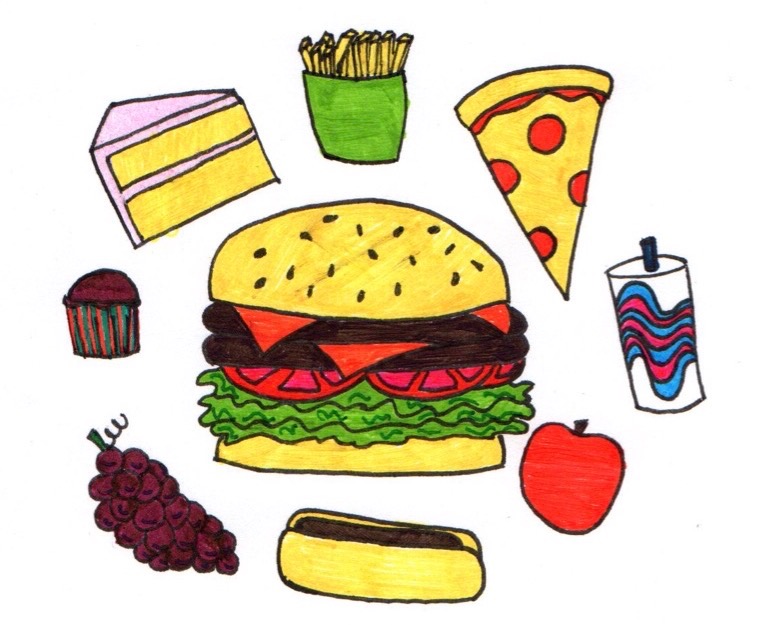Language evolves, witness case on new term “Grubbing”
Grub·bing, (ɡrəbiNG): noun, the act of going somewhere eat, almost always with loved ones or friends, usually at a restaurant after the hours 10:00 PM.
I’ve seen this word pop up everywhere and I’m sure my readers are as confused as I am. What on earth does this term mean, and where did it come from? And most importantly, should we embrace it?
The term grub originated from the old Christian prayer chanted by participants before a meal: “Rub a dub dub, thanks for the grub, YAAHH GOD!” This term was used as a short hand for the meal, and hit particular well with younglings.
The cultural icon “Garfield” is also well known for his love of grub, and one of the first people to use the term. Without his distaste for Mondays and his lasagna filled belly, kids wouldn’t want to use such a term. Praise “Garfield” for his infinite insight.
It wasn’t long before society adapted and used the term for modern use. Grubbing simply describes the process of getting the grub.
It’s even incorporated with a dance, in which one bends their knees, swing both arms to one side, then the other, two quick jabs with the left hand, then the right, and singing “let’s go grubbing, let’s go grubbing, let’s go grubbing… ” and so on.
Language is a social construct that is constantly changing and formatting itself to the modern landscape. This is a new colloquial that with soon be added to the “Merriam-Webster Dictionary” (hopefully).
Try and use this term as often as you can if you want to be hip with your teenage son or perform the dance – known as the “grubbing gallop” – with your friends before you chow down. This new term has expanded the English language, and it’s a true beauty to see our lives forever shifting in the eternal, voracious waves of time.
Forever is this landscape we call culture, and to shift ourselves in this ecosystem is what it means to be human- so start using the word, dummy!

